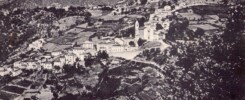As we drive up the road that will take us to the border with Bosnia, we are literally the favourite target of cars, taxis and lorries, which from Dubrovnik nervously drive up the slope that divides Croatia from Bosnian territory. We had the great idea of starting our journey this way: on a 14% hairpin bend in the dark. It is understandable that they hate us, no?
To be more precise, it all started twelve hours earlier, leaving by van from Bologna to the Croatian city now made famous by the TV series Game of Thrones. Dubrovnik is truly beautiful, but we will visit it at our leisure on our return. The technical time to hastily pull down the bikes and set them up with everything we need for eight days of bikepacking, switch on the lights, and off we go.
We find ourselves in Ivanica, the first Bosnian town to cross the border into Croatia. Tired from the long crossing, we are however ready to see what the Balkans have to offer us. On paper, we already have some anticipation: the menu of days is soon to be served. With the exception of the first day, the cycling will start with major climbs. This will be followed by a side dish of drink-eating pretending that it will level out and we will almost always arrive in placid descents.
From Ivanica you begin a long introduction into the Slavic world via the Cyrus Trail, a mixed-terrain route that retraces the old Austro-Hungarian railway that connected Dubrovnik and Mostar. You will appreciate the large green expanses surrounded by gentle, high relief, as much as the numerous small tunnels carved into the rock.


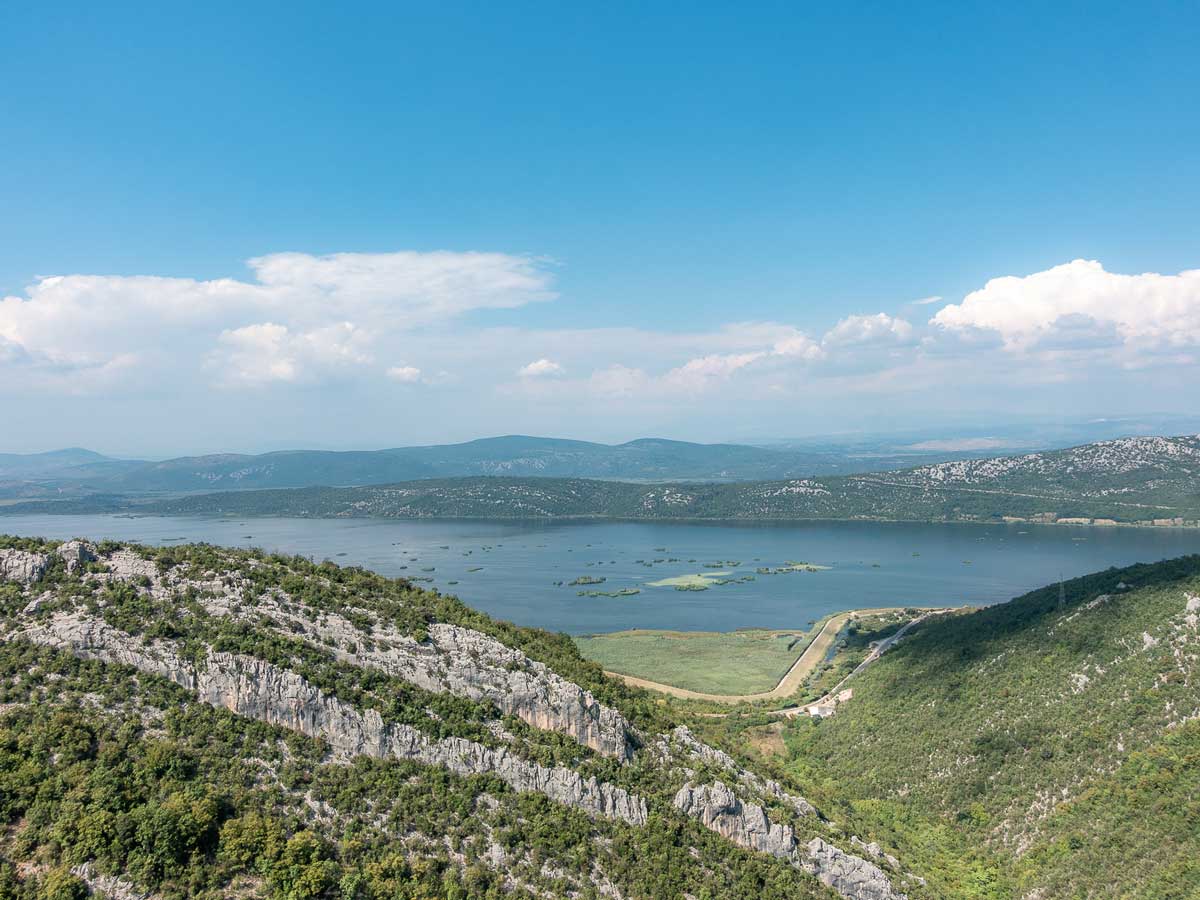


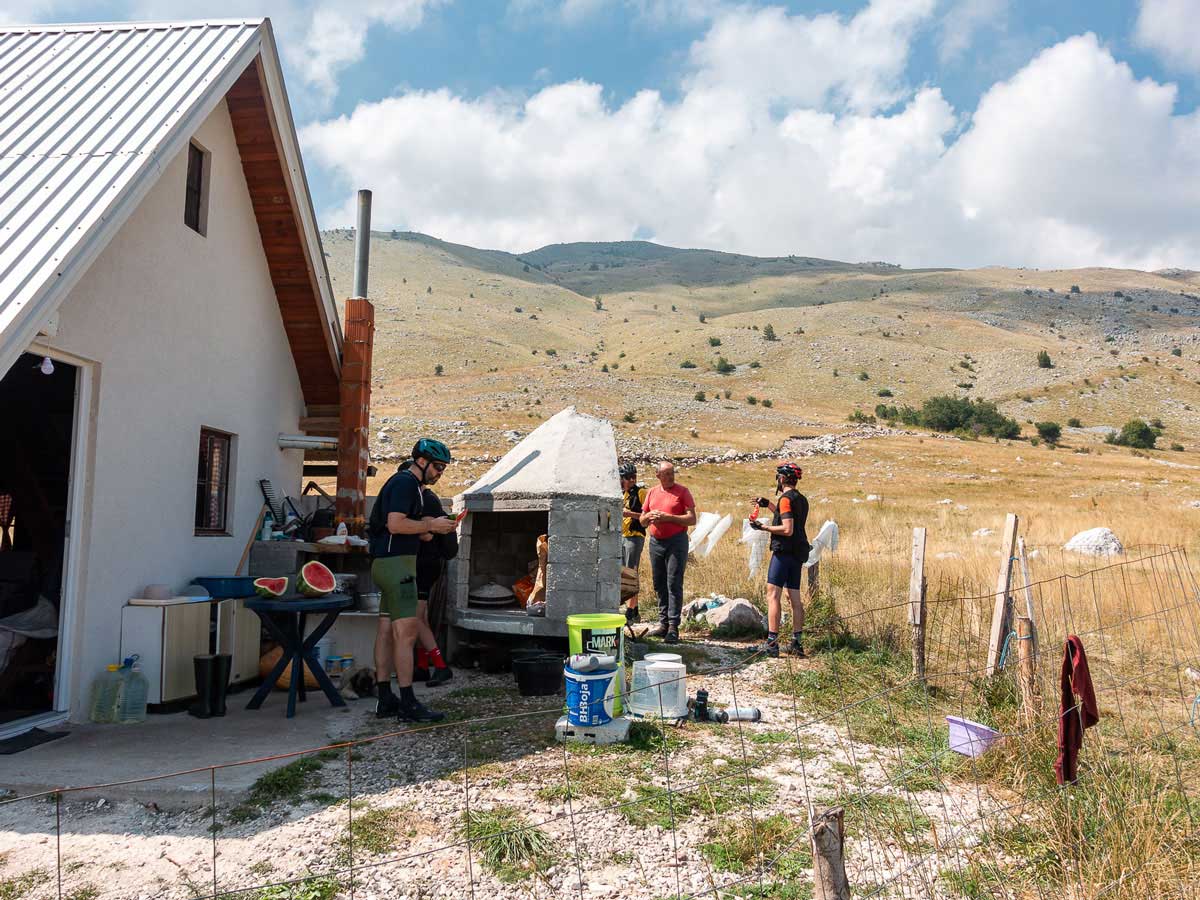
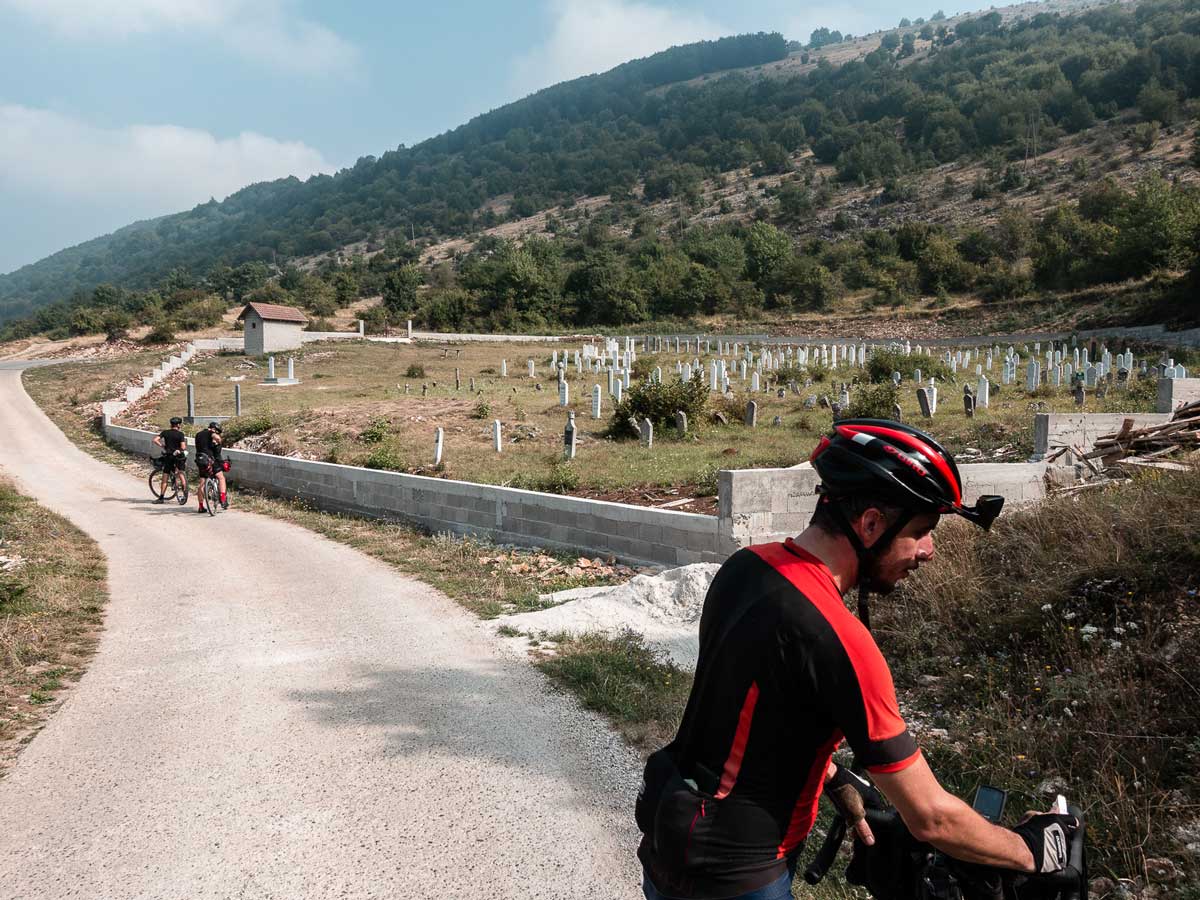


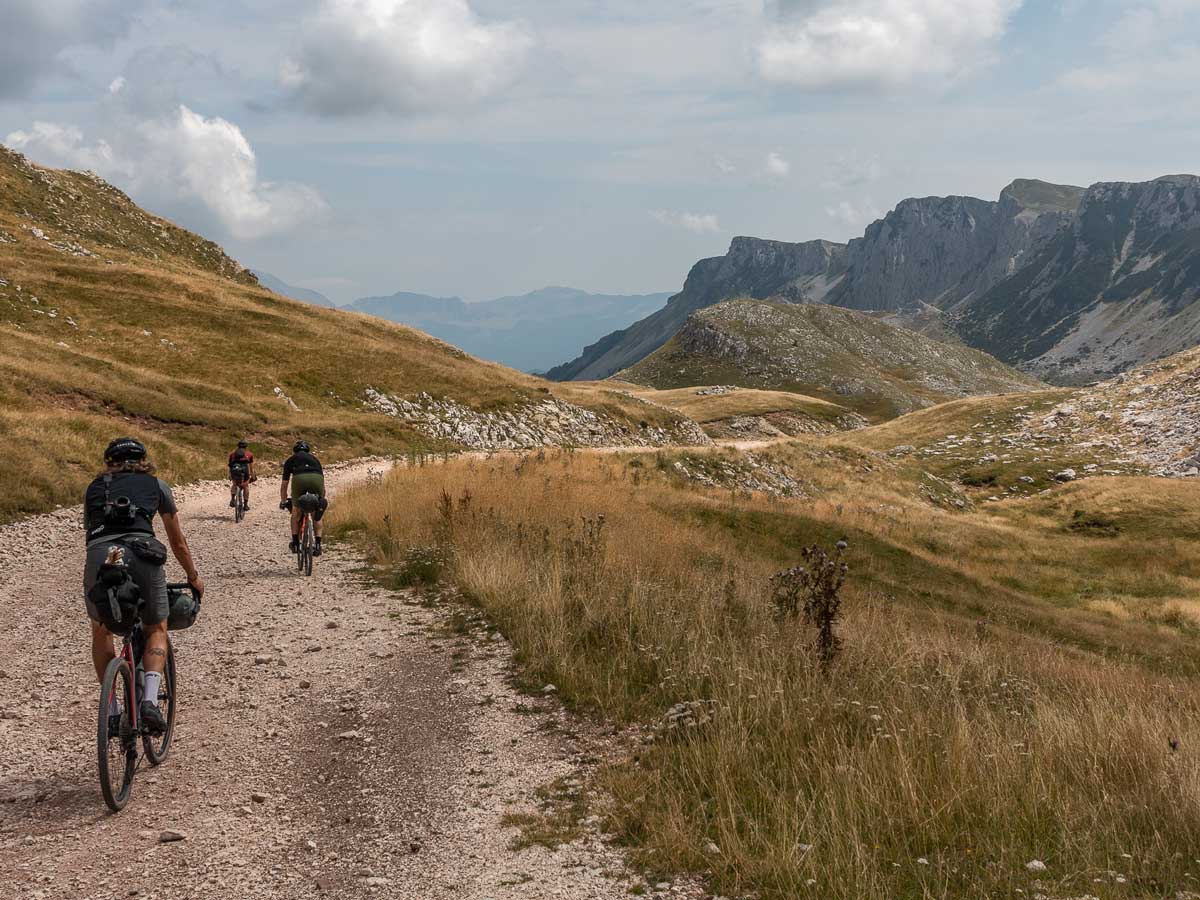
We follow the trail through this green desert to the city of Mostar, catapulted into if not mass tourism at the very least, then climb up to an altitude of almost 1,160 metres in the middle of the Dinaric Alps. We meet kind and welcoming shepherds, with whom we exchange a handful of words in English and a smattering of stories in gestures. We pass through forests passed off as ordinary provincial roads surrounded by greenery for kilometres and kilometres, which often lead us to truly unusual places. Such is the case with Babin Do, the ski resort in Bjelasnica created for the 1984 Olympics, where the buildings stand out for their square Brutalist style. This is also the case in Kalinovik, a charming village – so to speak – in the Republic of Srpka and which we discover to be the birthplace of the butcher of Bosnia: Radko Mladic.
At other times, however, the long ascents take you to scenes of the true Mongolian steppe, such as the great plateaus towards Lukomir or the roads of the Sutjeska National Park, surrounded by mountains that willingly exceed 1,700 metres in altitude.
Over and over again, we encounter the signs of the Via Dinarica, known as the most beautiful path in the Balkans, and we sometimes find ourselves in front of the great Spomenik, the monuments of the former Yugoslavia, of imposing dimensions. In Tjentište, we find ourselves in the Valley of Heroes, with its very impressive concrete spomenik.


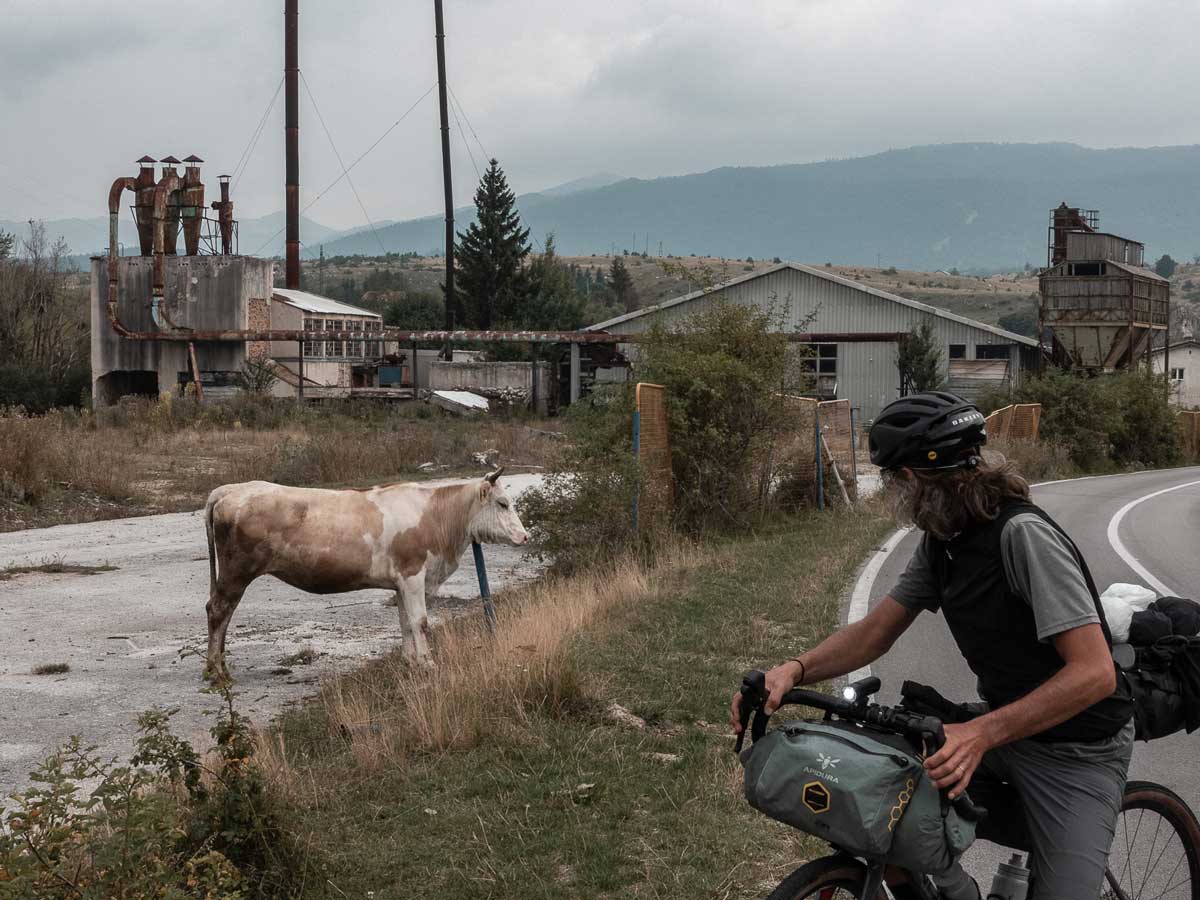


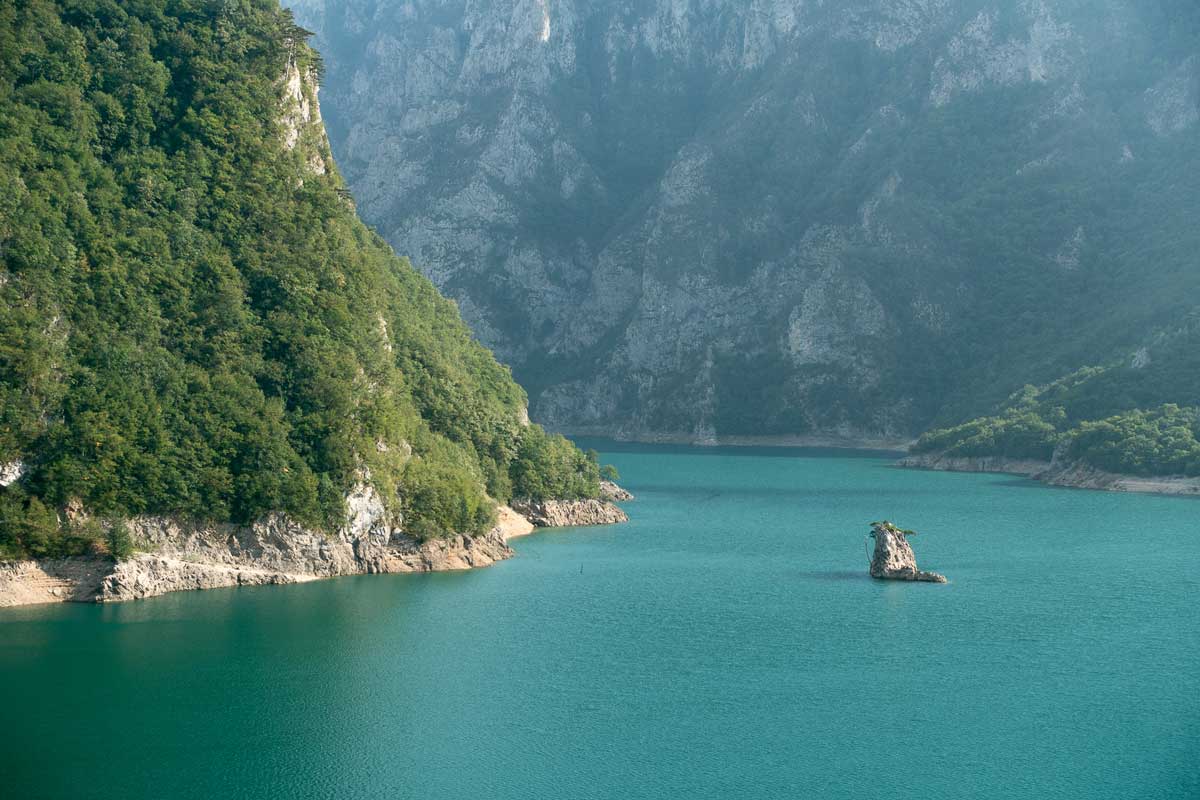
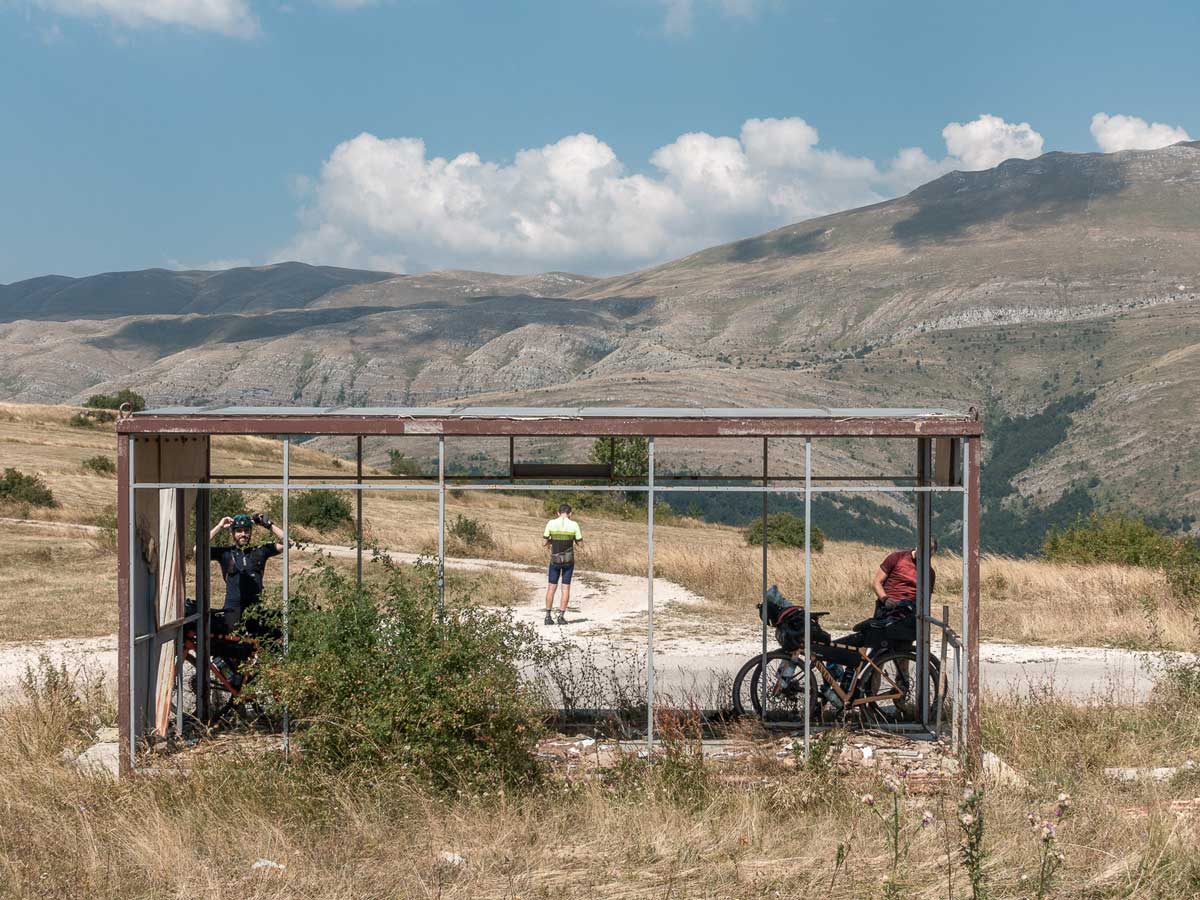
Except in a few cases, nobody here speaks English except in a very limited way. The Bosnians, however, compensate for this lack with a great sense of hospitality and mutual help: from the shepherds on the Mostar plateau who welcomed us into their home in the middle of a fabulous plateau and were a real godsend, to the family celebrating during a hot Sunday lunch from which we had only asked for water.
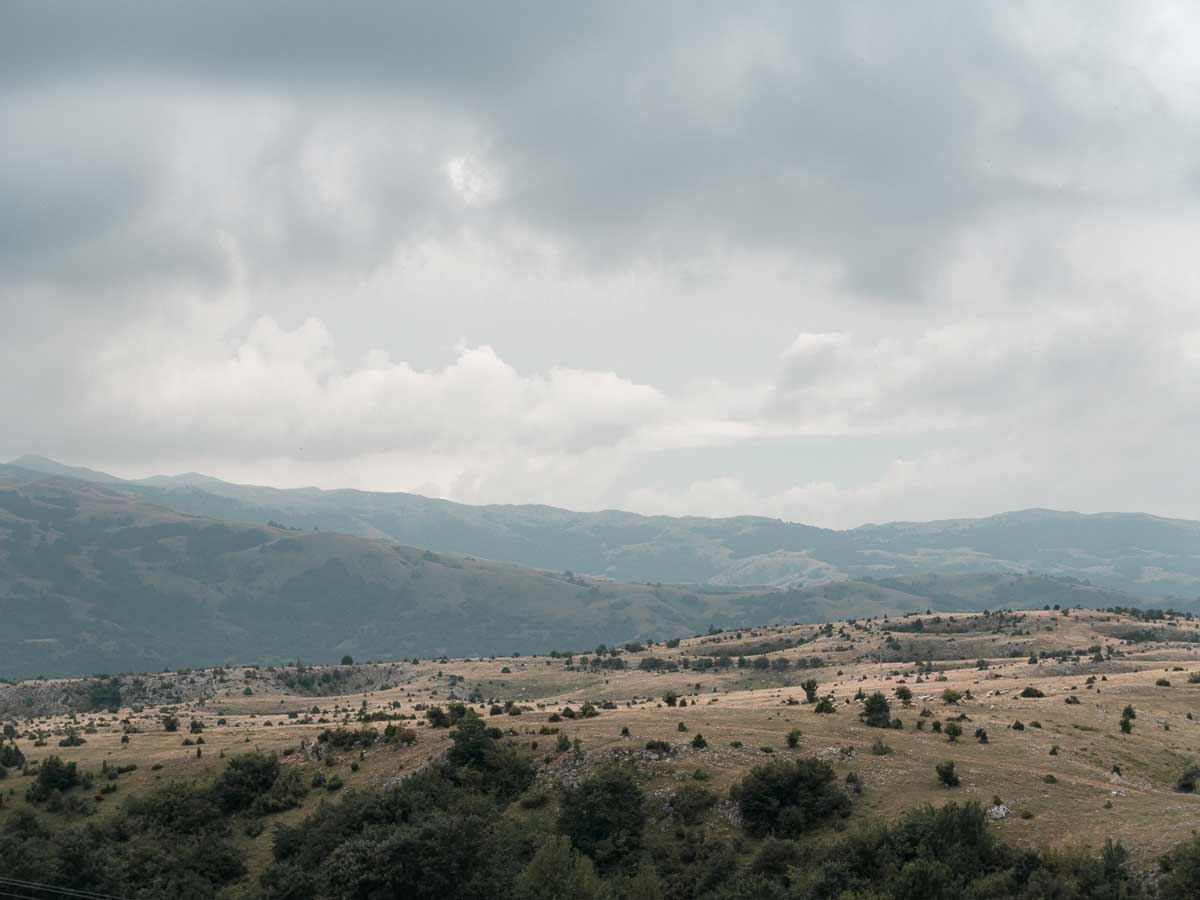
Tips:
Many roads are unpaved, and it is advisable to ride with tyres of at least 40mm and up if you want to be comfortable and enjoy the trails.
Bring plenty of water. Although there are many water fountains – Cyrus Trail excluded, where water is almost absent – in some areas it is not advisable to take water from the source.
Avoid free camping; in addition to the mine danger, Bosnia is home sweet home to the bear.
Italian roaming does not work. You can get a SIM card or rely on WiFi connections. Apart from very small villages, many bars or accommodation facilities offer their network freely.
Cash: euro well accepted, but watch out for the exchange rate. POS is not widely used and when there is, you are told there is not. Withdraw cash in local currency.

